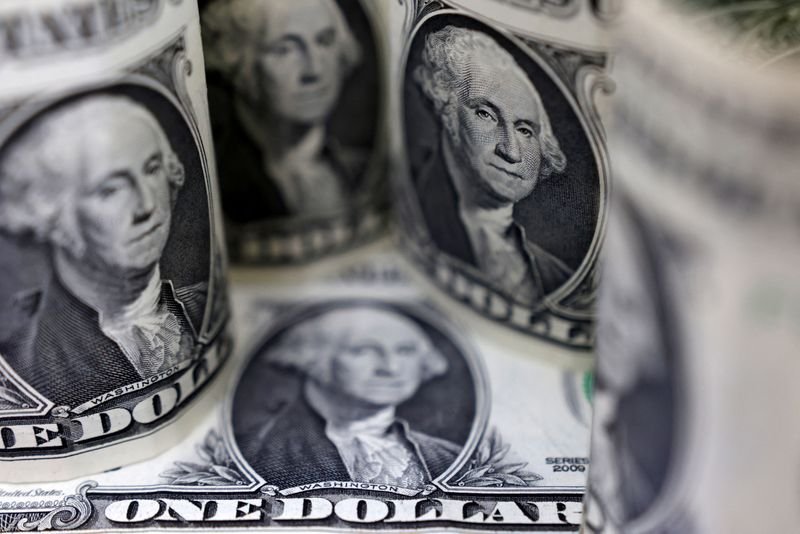The Dollar Falls as Traders Anticipate More Rate Cuts After Weak Jobs Data
In recent financial news, the U.S. dollar experienced significant declines as traders reacted to disappointing job market statistics. Following the release of a report indicating weaker-than-expected job growth, many investors are shifting their expectations towards further interest rate reductions from the Federal Reserve.
Weak Job Market Report
The latest employment figures revealed a slowdown in job creation, which raised concerns about the overall health of the U.S. economy. Economists had predicted more robust growth, but the results fell short of these expectations. This unexpected downturn has led to increased speculation regarding potential policy changes from the Federal Reserve, particularly concerning interest rates.
Impact on the Dollar
As a direct consequence of this weaker labor market data, the value of the U.S. dollar has taken a hit. Traders are recalibrating their outlook, with many now anticipating that the Federal Reserve may lower interest rates to stimulate economic activity. This situation typically results in a depreciation of the dollar, making it less attractive to investors who seek higher yields.
Interest Rate Expectations
Market analysts suggest that if the trend of weak job numbers continues, the Federal Reserve may feel pressured to pursue more aggressive monetary policy adjustments. Lower interest rates could stimulate borrowing and investment, but they may also raise concerns about inflation in the long term. The balance between promoting growth and controlling inflation remains a critical challenge for policymakers.
Global Economic Considerations
The dollar’s decline is not only of national interest but also affects international markets. A weaker dollar can have ripple effects globally, influencing how currencies trade against the dollar and altering foreign investment dynamics. Countries whose economies are closely tied to the U.S. may see fluctuations in their own currencies as they respond to changes in the dollar’s value.
Conclusion
Overall, the combination of disappointing job growth and shifting interest rate expectations has led to a noteworthy decline in the U.S. dollar. Traders and investors remain watchful, understanding that economic indicators will play a vital role in determining future Federal Reserve actions. The evolving landscape continues to create uncertainty and prompts analytical discussions among economists, market participants, and financial professionals alike.
